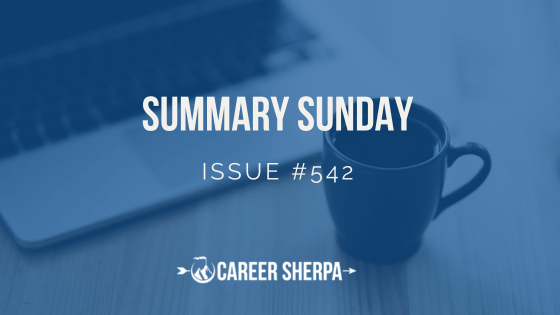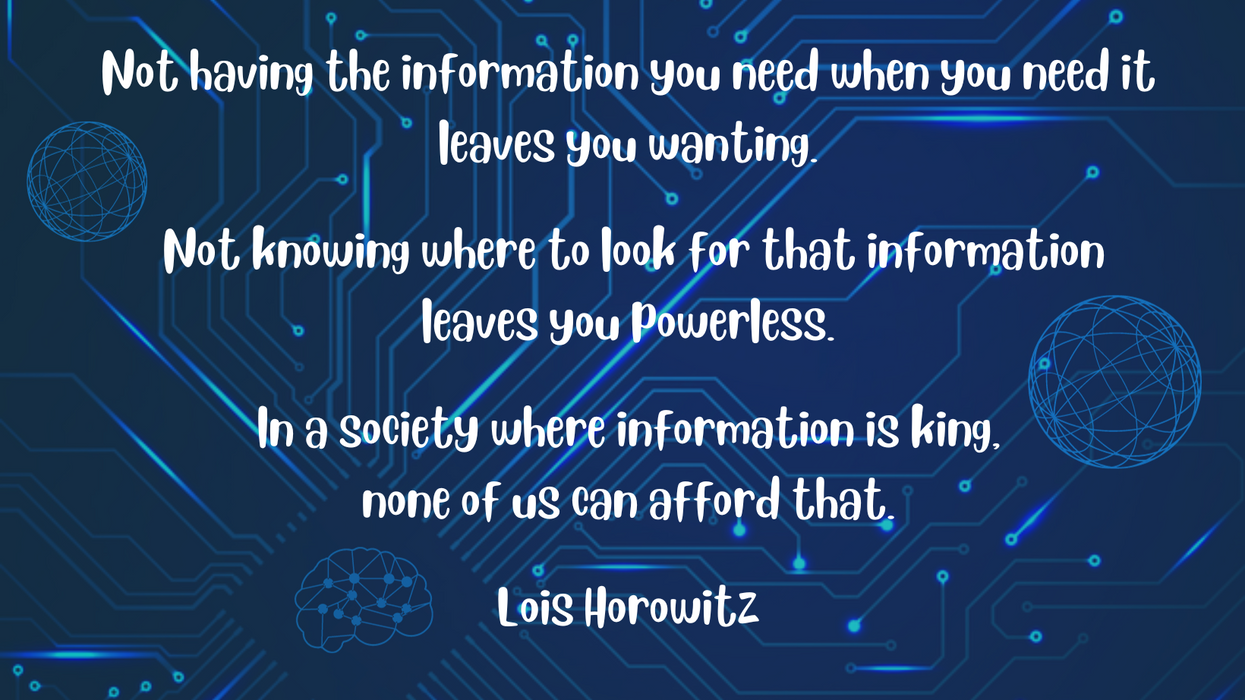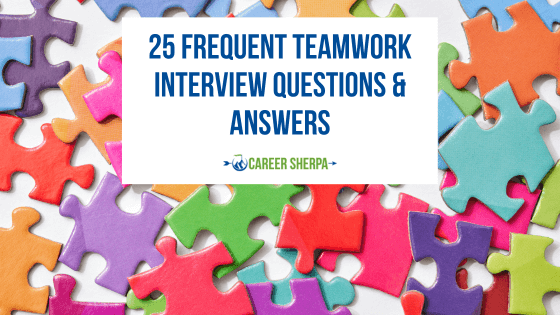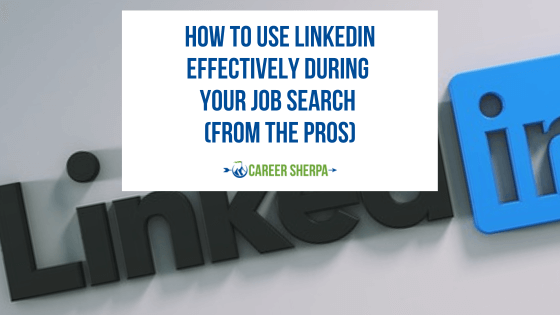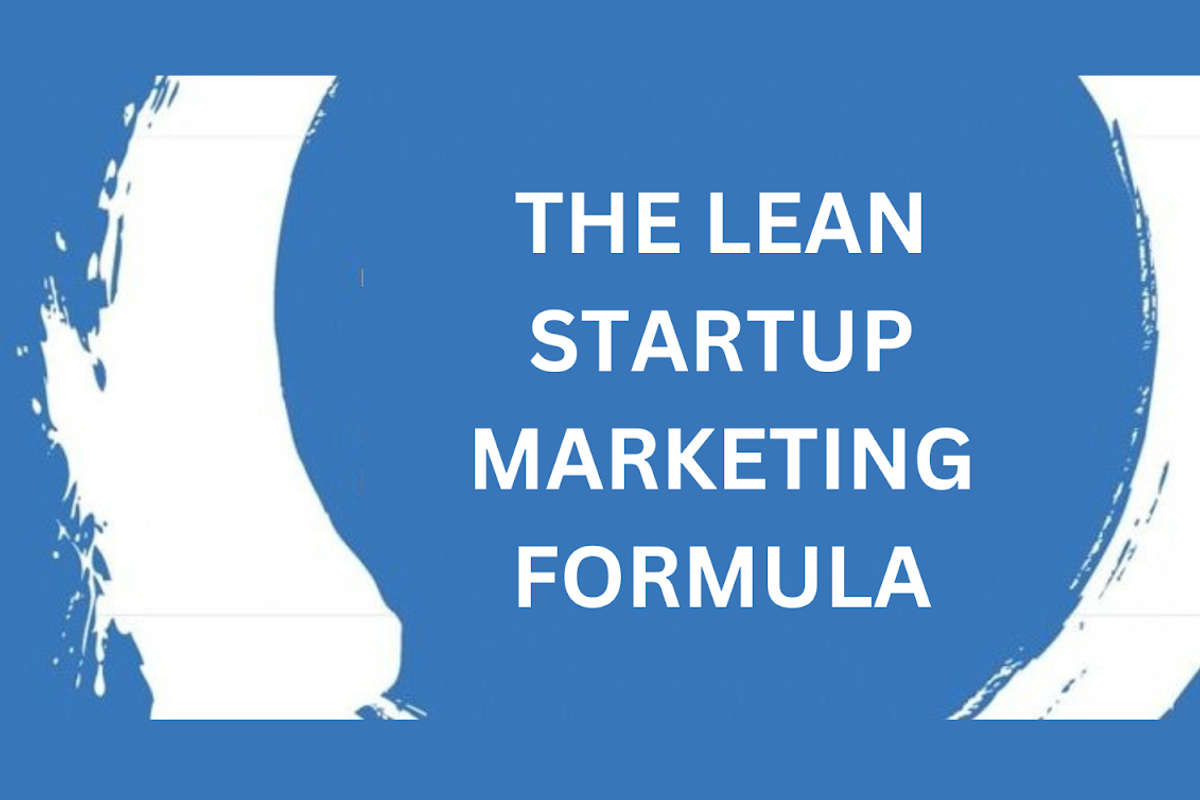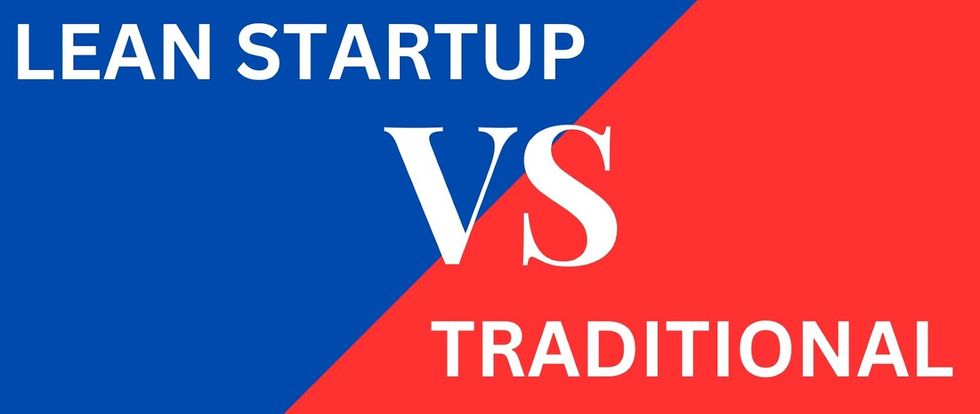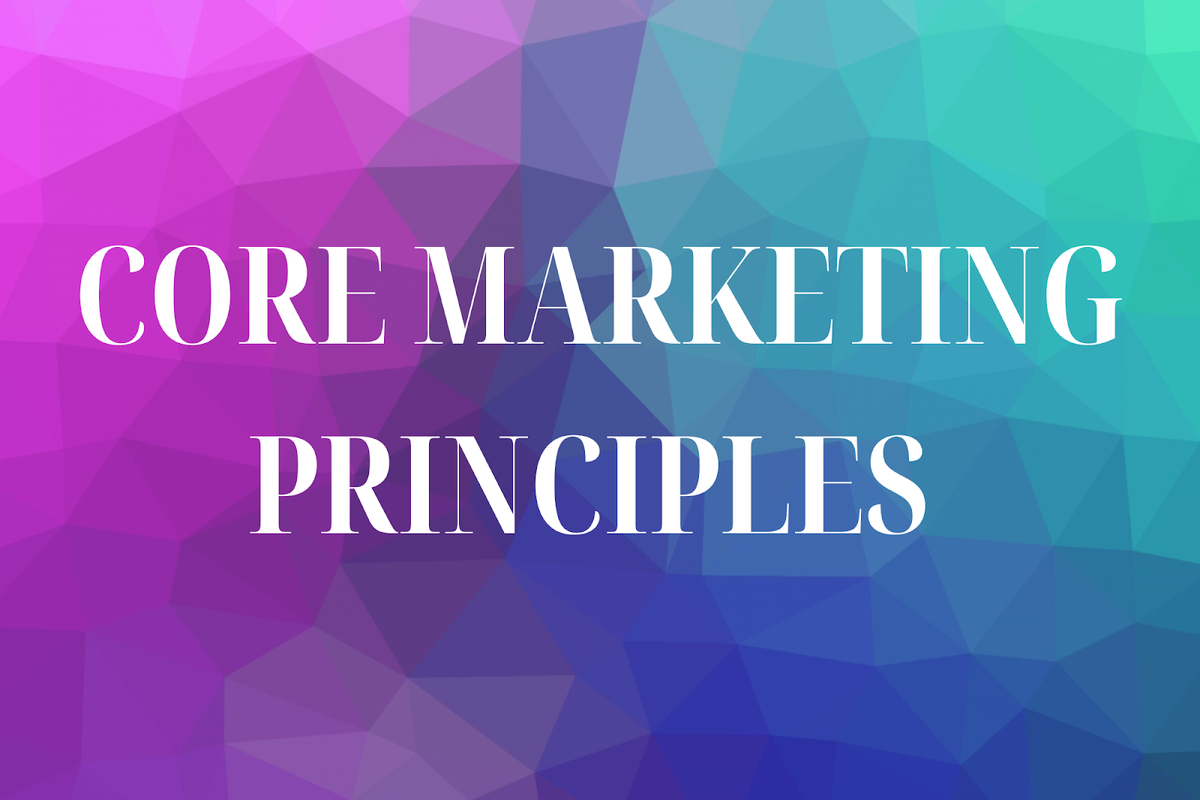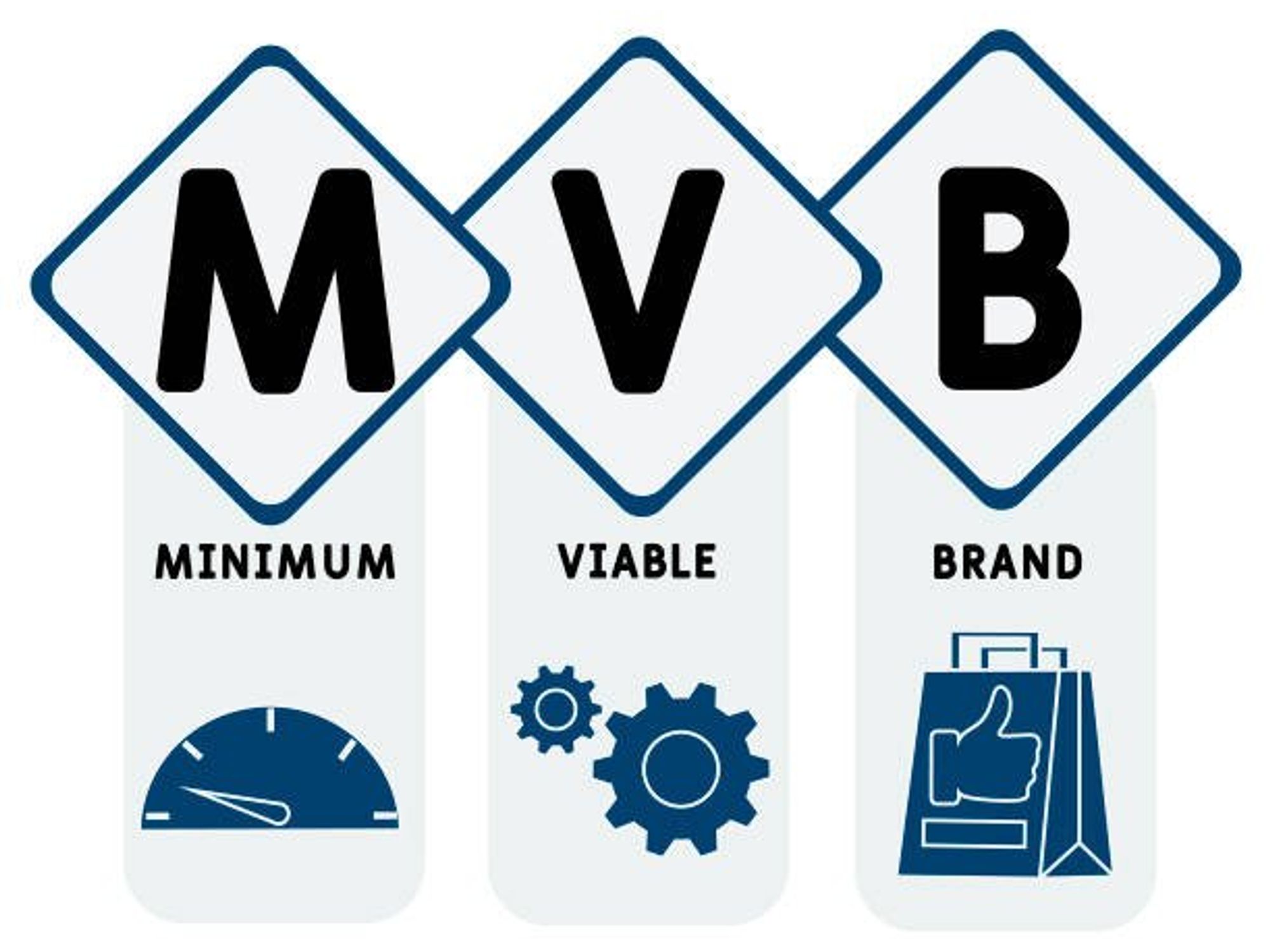
The concept of sustainability has become an imperative consideration for businesses of all sizesâin every industry. CEOs are now tasked with the critical responsibility of not only driving short-term profits but also ensuring the long-term viability and success of their companies. Lack of planning from CEOs can significantly impact their companies’ future success and resilience in an increasingly competitive market.
In this article, Work It DAILY experts from Vistage discuss how not planning risks missing opportunities for growth and innovation, failing to mitigate potential risks, and jeopardizing the future of the company. Read on to learn about the importance of planning for business sustainability and how to start a long-term plan for your organization today.
Mark Fackler
Our world is moving so fast. Business opportunities are near infinite. Your company can possibly survive without planning, but it will most likely never become sustainable. There is nothing wrong with an unsustainable business. I know many CEOs who have these types of businesses, run by their sheer tenacity. They provide a decent living and pride of ownership.
However, if you want to go beyond this, and create an ever-growing sustainable business, planning is mandatory. In the beginning, planning can be just in your head. But as the number of employees grows, getting your thoughts, and your plans, down on paper must happen.
Owners are bombarded on a daily basis with threats and opportunities. Without plans, decisions can and will be haphazard. Haphazard decision-making is not sustainable. As you grow, your employees will be faced with issues that they need to resolve in real time: an upset customer, a quality control problem, or on the exciting side, a prospective sale. Written plans that staff are intimately familiar with allow them to make the decision and know that the decision is aligned with the company goals, the company plans.
The most important and longest-term planning starts with your core values. These should be the one foundation in planning that rarely, if ever, changes. Core values define behaviors, behaviors that are aspirational and sometimes not possible to achieve. For example, my company’s core values were honesty, home/life balance, and relentless improvement. Honesty is one of those values that is aspirational and unachievable in its purest sense, but that is not an excuse to stop striving to be 100%.
The next level of planning is the more traditional concept of long-term goals. Those goals can range from five years to 20 years or even to 100 years. These goals help the CEO avoid the shiny object syndrome. Visionary CEOs see opportunities as often as they get up in the morning. Long-term goals are especially effective at providing bumpers and guide rails to new initiatives.
Core values and long-term goals help keep you focused and help keep the team focused. Focus happens when you know when to say âyesâ and, even more important, when to say âno.â With focus comes sustainability. Sustainability is good.
Mark Fackler is a retired CEO and currently leads the Vistage CEO group that he was a member of from 1991 to 2002. He is passionate about creating great ROI for his member CEOs.
Kirsten Yurich

Do you have a plan? Or do you have a strategy?
You need both! And you need to know the difference.
Too often companies and leaders are lulled into a big board room with coffee and snacks and a whiteboard and Post-it notes⦠and engage in âstrategic planning.â
Iâve done this myself!
What I want to be clear on is this. A strategy is not a plan. A plan is not a strategy. And yet, you must develop both or your company is doomed.
You control a plan. A plan is safe. A plan has to do with your resources, your people, your costs. You build a building. You train, hire, and fire. You launch a new product.
You do not control strategy. It is a set of interrelated decisions that you make.
You have what they call a “theory.” A hypothesis of how to WIN at your business.
You canât show it on a balance sheet. But you BELIEVE that if you play on THAT playing field or in THAT sandbox you will outperform your competitors. It is in that field you will âwinâ⦠revenue, market share, or sales.
Conversely, the plan consists of the tactics or set of activities to deploy your resources in service to the strategy.
Where I have seen companies succeed and struggle are two key areas. First, how simply can they distill the strategy to every employee? Second, how frequently do they revisit the strategy and test their theory against relevant information?
“If you donât know where you are going, any road will get you there.” âCheshire Cat, Alice in Wonderland.
Kirsten Yurich is a former CEO and current Vistage Chair. As a clinician, professor, author, and executive, she leverages this unique blend and creates learning environments for executives to become better leaders, spouses, and parents.
Mike Thorne

In thinking about why this matters to SMB owners, I am reminded of Elon Muskâs recent quote, âDonât go top speed into uncertainty,â when discussing his recent plant expansion.
Electric cars are a great example of this (GM, Ford, Toyota, Honda, etc.). Planning for this is daunting yet crucial to get it right for their success.
For consumers even, think about this: When you own a gas-powered vehicle you have a high level of confidence because the infrastructure and service model is clear, consistent, and reliable. When we move into electric vehicles, consumers have to plan and need to have a strategy or they will be stranded. My brother-in-law experienced this recently on a trip with his new Tesla driving from Florida to Maine.
Our business owners have a similar situation: their business certainty isnât what it was and now it is time to stop and say, âI HAVE TIME to slow down and think about the landscape in front of me.” Warren Buffett says, âIn the business world, the rearview mirror is always clearer than the windshield.â
Scenario planning. Prepare for possibilities and probabilities. Learn to shrink the gap between success and failure and minimize riskânot eliminate it. SBAâ50% fail in the first five years. The primary reason is lack of financial planning and management.
Be able to weather economic ups and downsâinvest in growth and secure capital are at risk. The National Center for Middle Market found there is a 32% decline in growth compared to those with a plan. Sustained success requires rigor and discipline around planning strategically.
Consider the following as you work towards this: understand drivers of costs, growth, and performance, know mission/behaviors/consequences (right jobs/right roles/right people/right time), and assess the current playing field. Who is changing the landscape? What are we doing? What are we worried about? What are the big movers? How do we drive consumption and repeat business?
Mike Thorne is a former CEO and current Vistage Chair. He leads and facilitates a group of trusted advisor entrepreneurs and a CEO peer group in New Hampshire and Maine.
How has a lack of planning hurt your company? Join the conversation inside Work It DAILY’s Elite Program.


